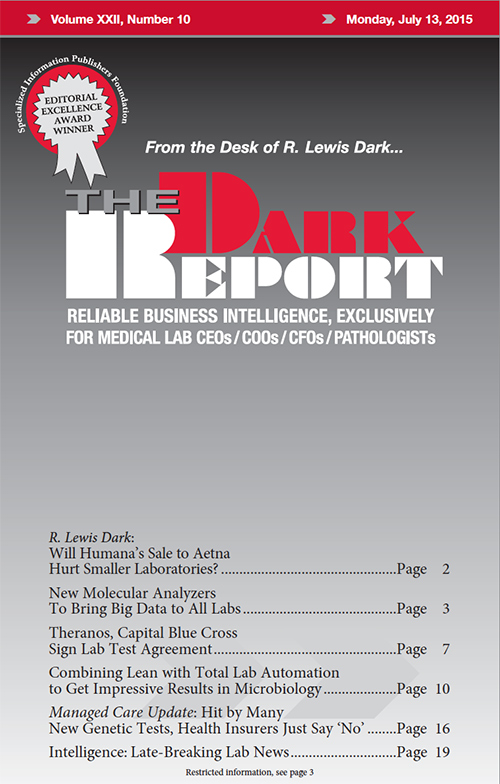PROBABLY NO AREA OF CLINICAL LABORATORY MEDICINE is experiencing the dramatic transformation happening in microbiology. From rapid molecular testing to the full automation of traditional manual processes, significant changes are happening in microbiology labs. Moreover, the smart use of Lean techniques and quality management techniques magnify the positive effects of these new diagnostic technologies and …
Combining Lean Techniques with Lab Automation to Get Impressive Results Read More »
To access this post, you must purchase The Dark Report.


